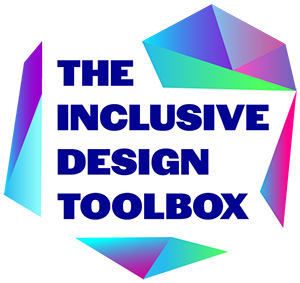Time to evaluate your product!
Deliver
1. Many of your viability & feasibility evaluation criteria will be specific to your research question. But here are some generic questions you can ask too:
A. Evaluate your product.
- To what extent is the concept inclusive?
- Which stakeholders did you not manage to include and why?
- Remember Inholland’s the three core themes; healthy, creative and sustainable; to what extent is it environmentally friendly?
- What is the direct link between the stakeholders’ needs & wishes and your creative concept?
- What makes your product welcoming for the stakeholders?
- Does the concept empower the stakeholders to be actively part of society? How?
- To what extent does the concept reduce prejudices and increase respect?
- Does the concept provide added value to society? Explain.
- What is the quality of the experience for users?
- Which shared human concerns and interests does the product recognize?
- Who owns and earns from the concept?
B. Evaluate how creative and innovative your product is.
-
- Which shared human needs did you identify and how did you integrate these into your product?
- What have you created which is original and cannot be found elsewhere?
- Have you created a vision which binds people to your product? Explain!
Click on the pictures below to find more tools:
Inclusivity is key in Decathalon’s vision ‘Tomorrow starts today’.
Official guide to tactical urbanism; case studies and tips on creating quick and effective urban interventions.
Here is a whole book on designing inclusive cities, just waiting to be downloaded.
Sharing Cities: Activating the Urban Commons.
Tomorrow starts today. Dreams from Decathalon employees, from Algeria to Vietnam.
Placemaking and Tactical Urbanism; inspiring examples of short-term action for long-term change.
A pop-up park in Istanbul; just like that!
The Van Gogh Museum; meet the young people who are making the museum more inclusive. (NL)
On ethics and cultural appropriation in the yoga world.








